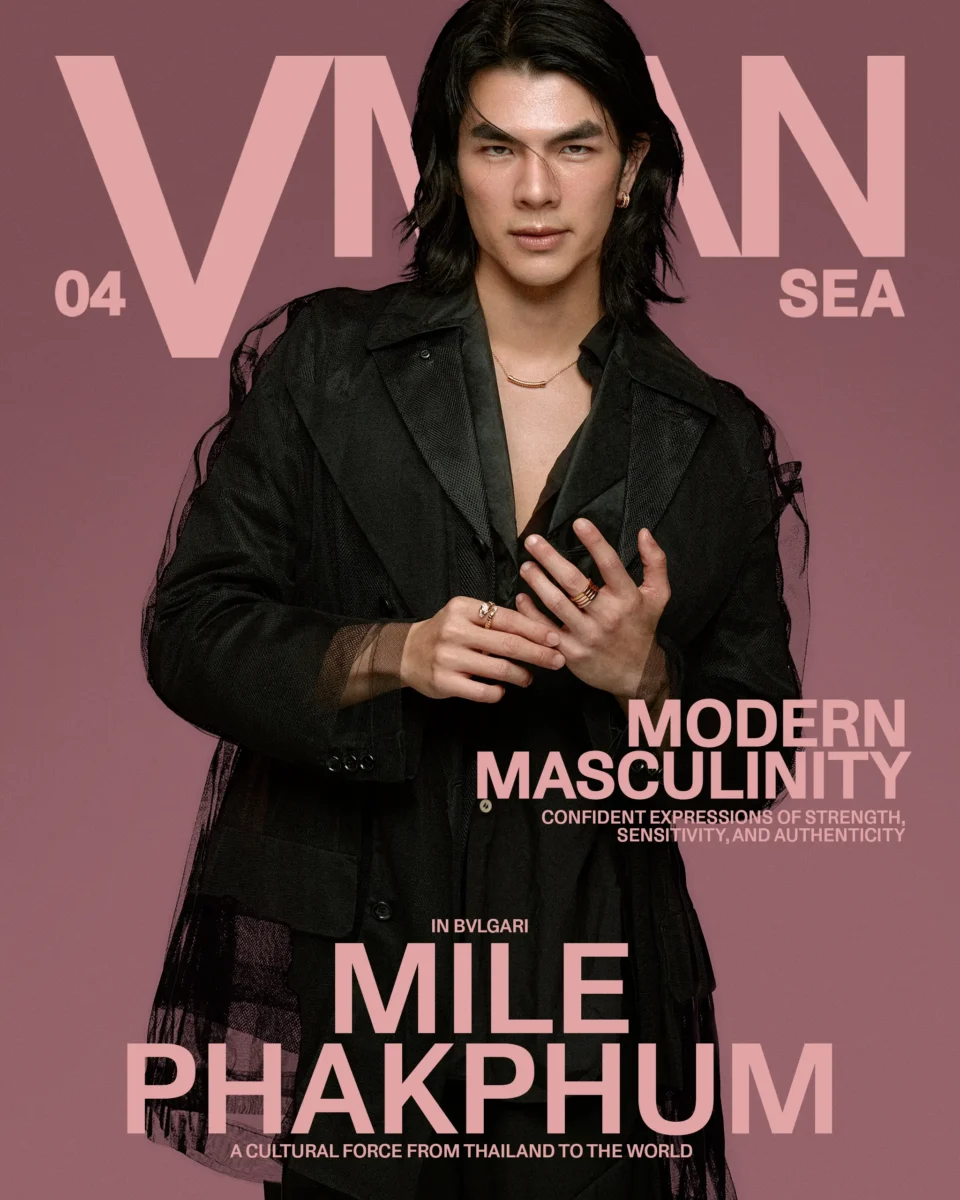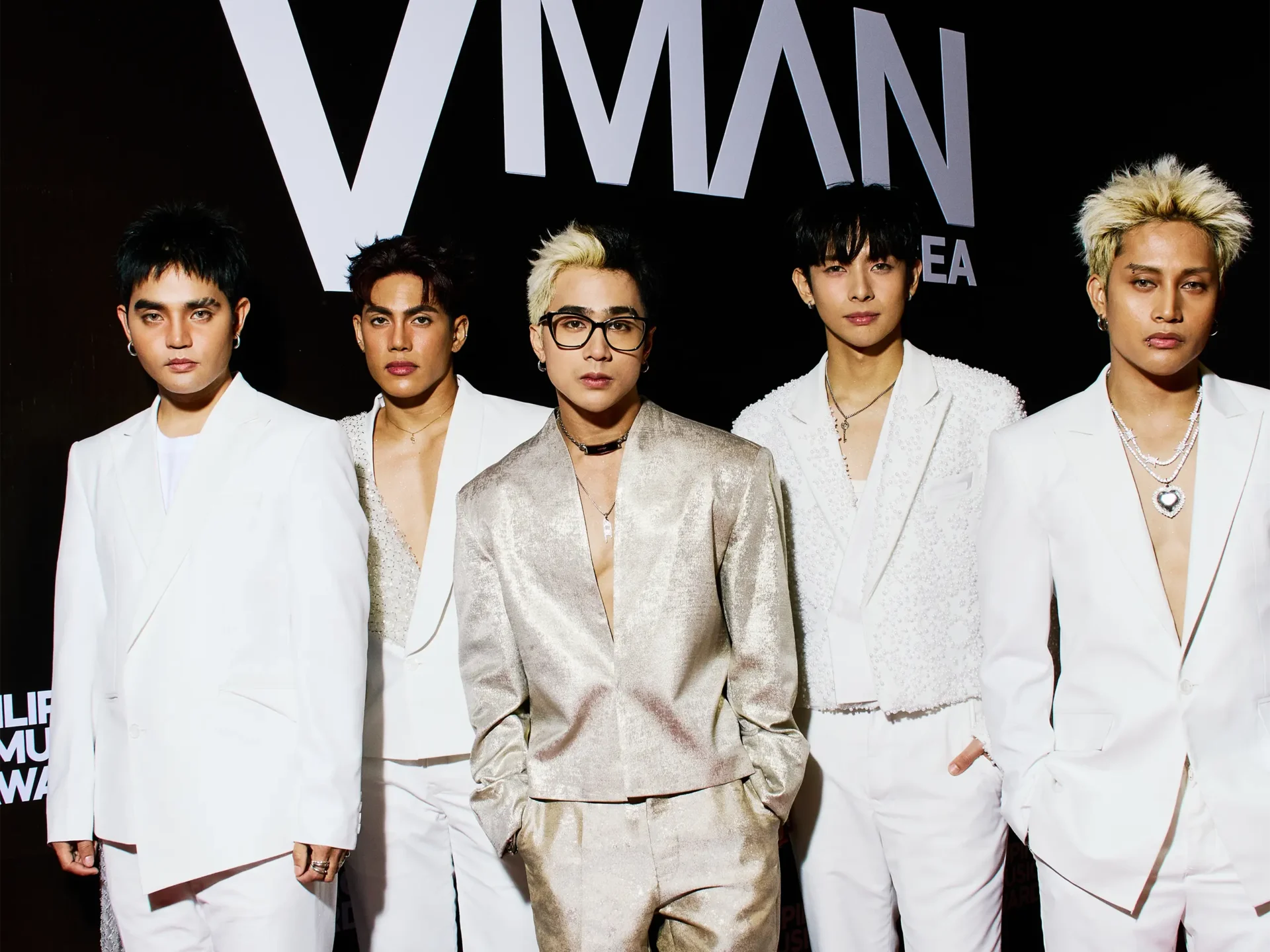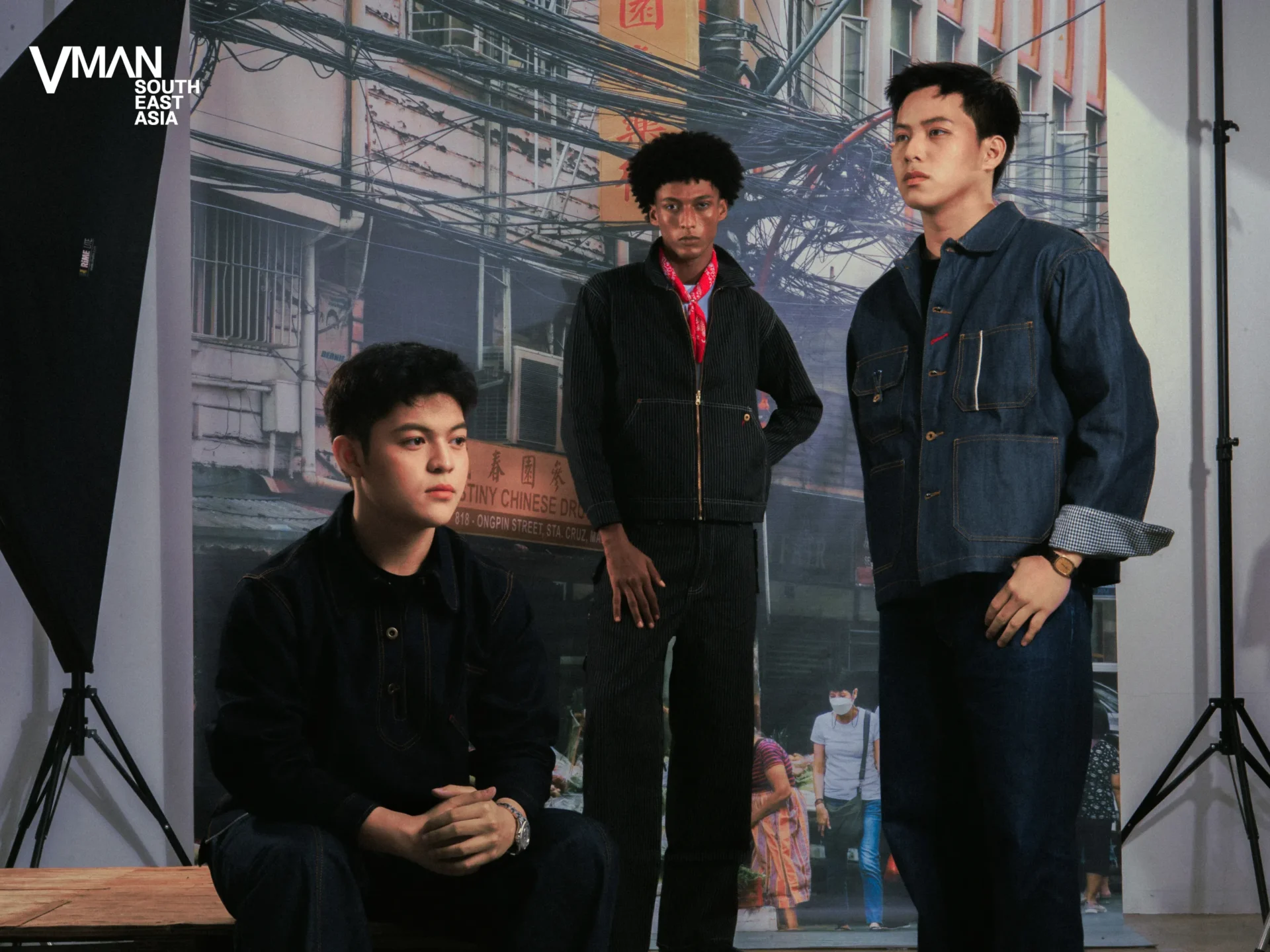Graphic Tees Are Back in Fashion This Season
Graphic prints are emerging as a defining statement of fall 2025, reimagined by designers who are bringing new relevance to one of fashion’s most enduring cycles
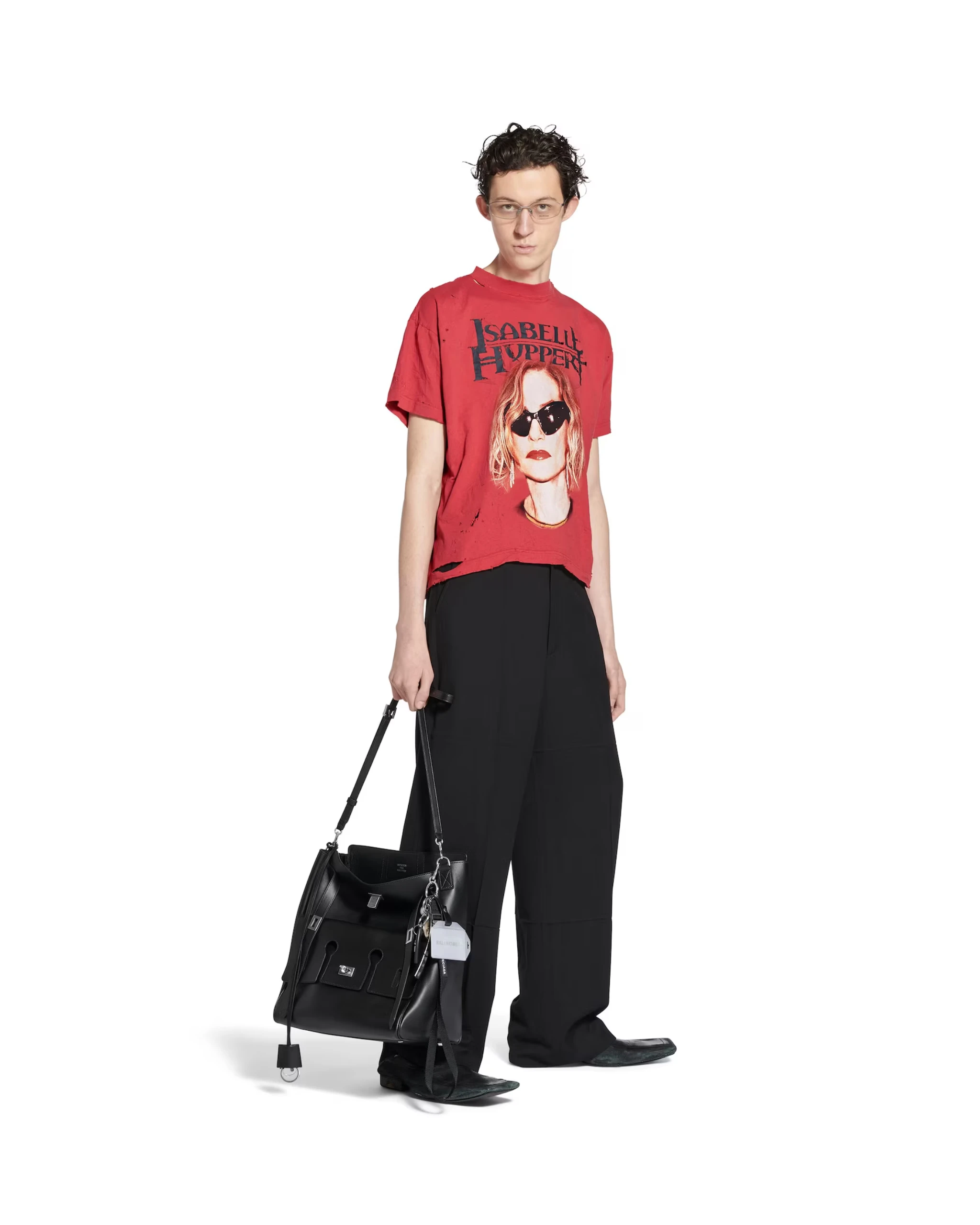
The return of graphic prints in FW25
The graphic print, once dismissed as a marker of teenage rebellion or mall-bought nostalgia, is staging a return this Fall/Winter 2025. From the runways of Paris to the racks of fast-fashion retailers, bold prints and graphic tees are once again the item of the moment. This shows that in fashion, nothing ever truly disappears; it only waits for the right cultural conditions to resurface.
MORE: The Cinched Waist Returns to Menswear for FW25
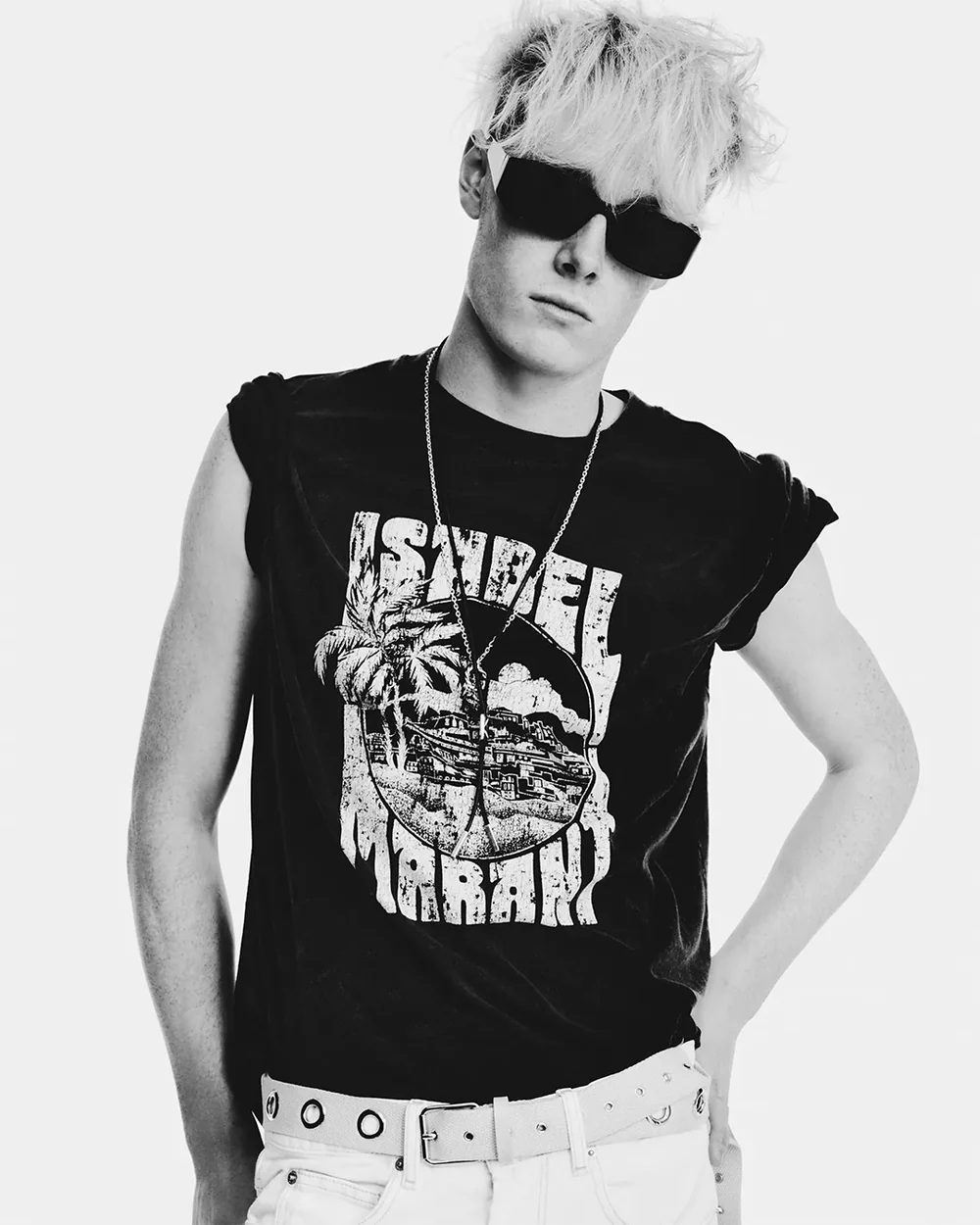
The history of the graphic tee is both pragmatic and political. Its earliest iterations were not intended as fashion at all. Born as undershirts during the world wars, these garments were blank and functional, cotton meant to absorb sweat beneath uniforms. But by the middle of the 20th century, that blankness became an opportunity. The simple T-shirt, once invisible, was recast as a surface for visibility.
The band tee
By the 1960s and 1970s, the graphic tee had become a tool of protest and promotion. Activists printed slogans across the chest in clean, bold lettering, turning clothing into a walking manifesto. At the same time, musicians recognized its utility as merchandise. Bands like The Rolling Stones, Nirvana, and countless others screen-printed their names and logos onto T-shirts, selling allegiance for the price of cotton. Here, music and fashion intersected directly: one industry generating the imagery, the other providing the canvas.
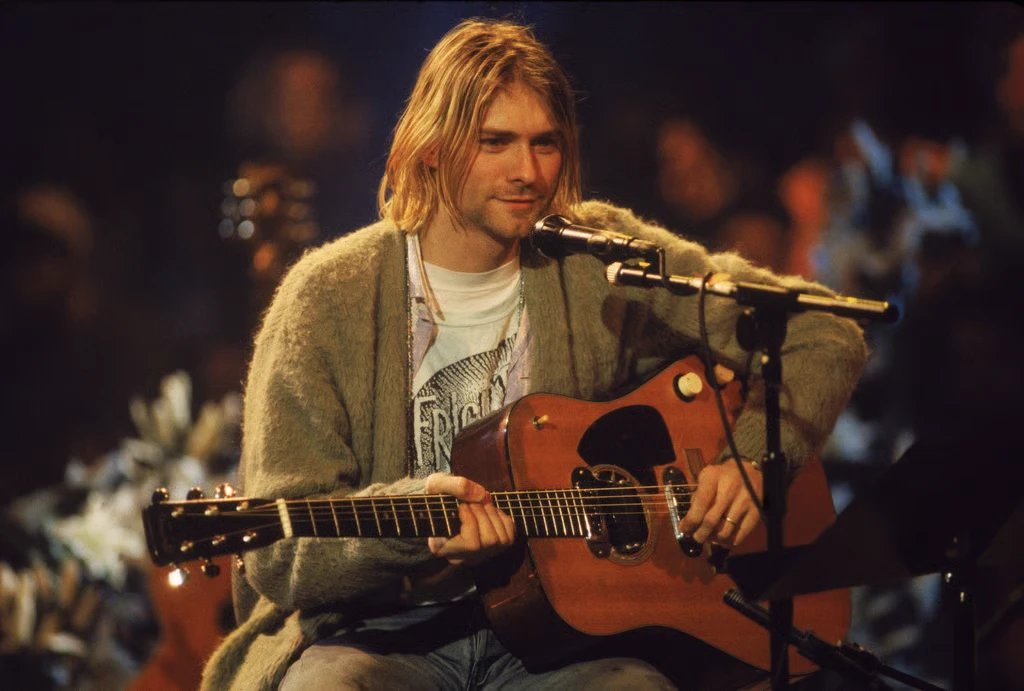
In Britain, the tee became synonymous with punk, sharpened into a weapon of style by designers like Vivienne Westwood. Her T-shirts were confrontational and graphically designed to provoke, to signal membership in a subculture that thrived on dissent. From there, the garment’s meaning continued to mutate.
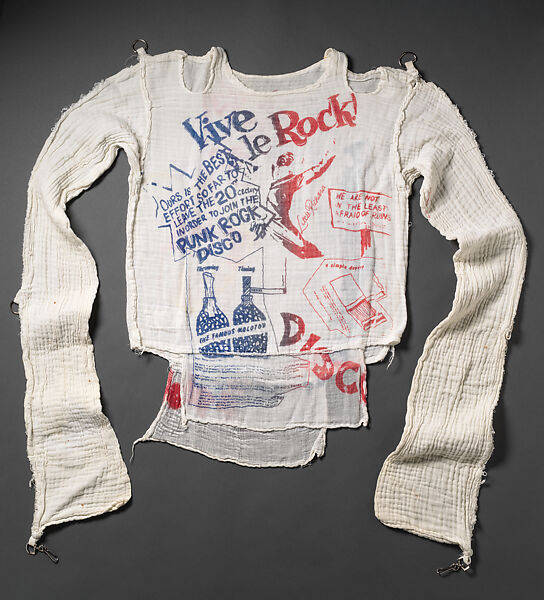
The commercial wave of the 2000s
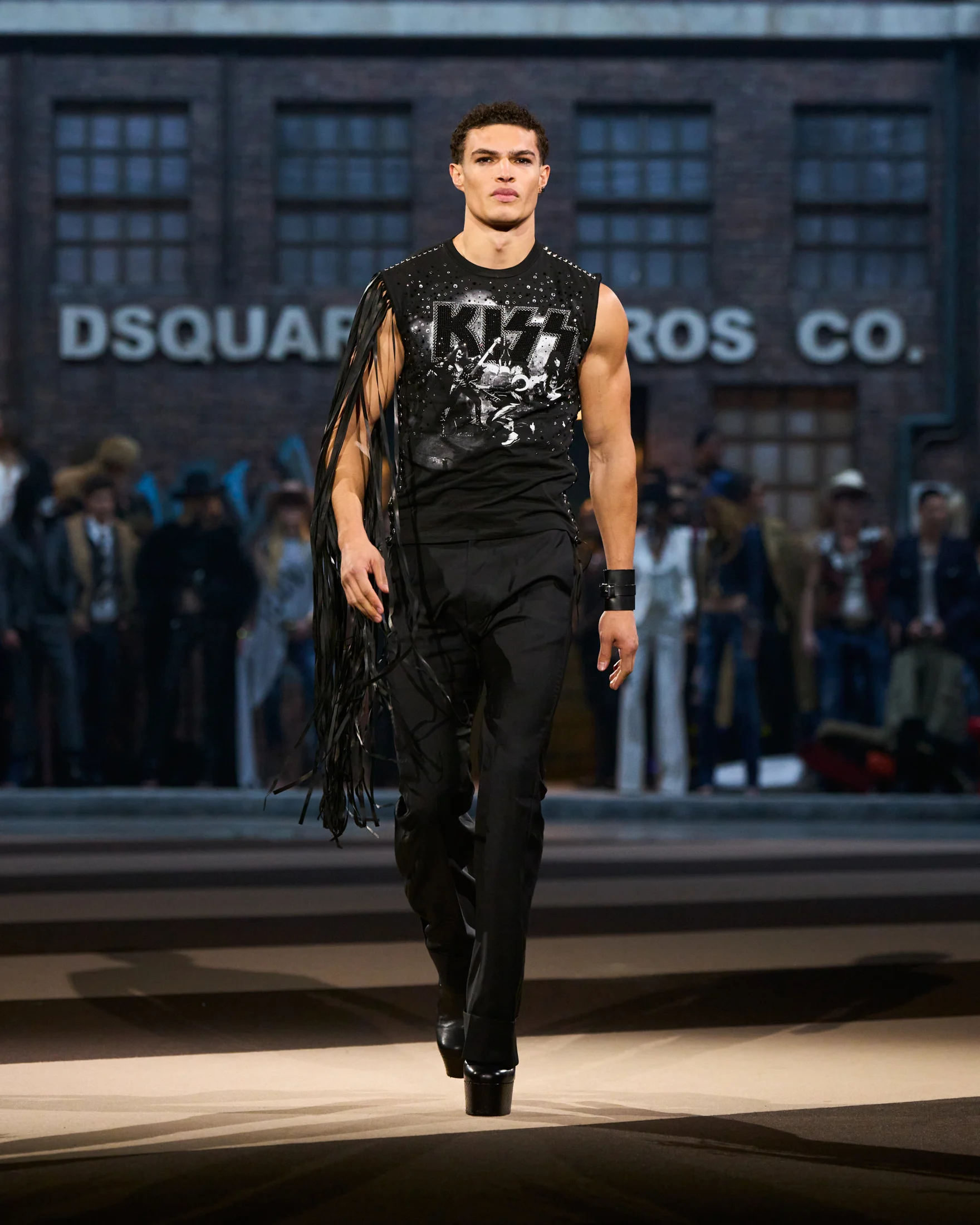
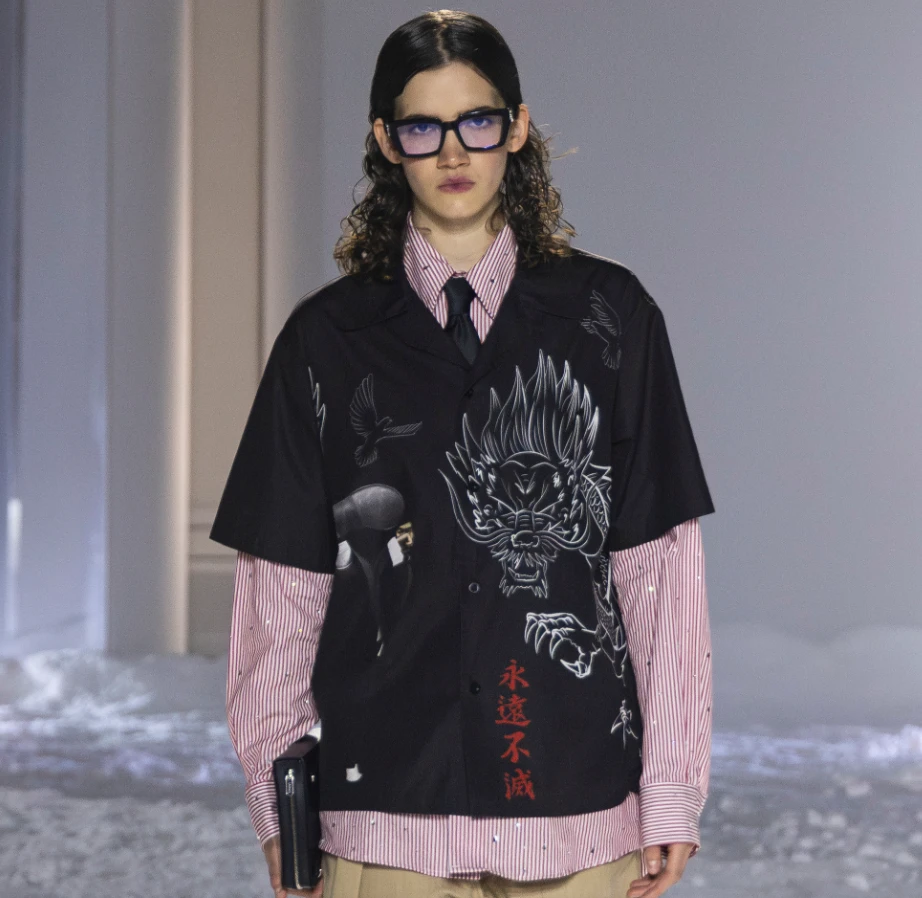
The 2000s brought a more commercial wave of graphic design in fashion. With the rise of labels like Ed Hardy, T-shirts became deeply entwined with Y2K aesthetics. What had once been an anti-establishment movement of tattoo-inspired visuals associated with punk and subculture was reimagined as a mainstream commodity, sold in department stores and malls. The cycle of rebellion-to-fashion-to-commodity was complete.
Now, two decades later, that same cycle has reasserted itself. The resurgence of Y2K aesthetics in the past five years has reshaped how designers think about graphics. Logos and illustrated prints are no longer relegated to streetwear or subcultural niches; they are appearing in seasonal collections by major houses, reinterpreted with contemporary polish. What was once a cheap screen print is now a luxury textile technique.
A garment that reflects the culture around it
This resurgence also mirrors broader cultural dynamics. The graphic tee offers something tactile and immediate: a message worn literally on the chest. The language of graphics, whether nostalgic, ironic, or earnestly declarative, feels newly relevant in an age when identity and affiliation are once again contested terrain.
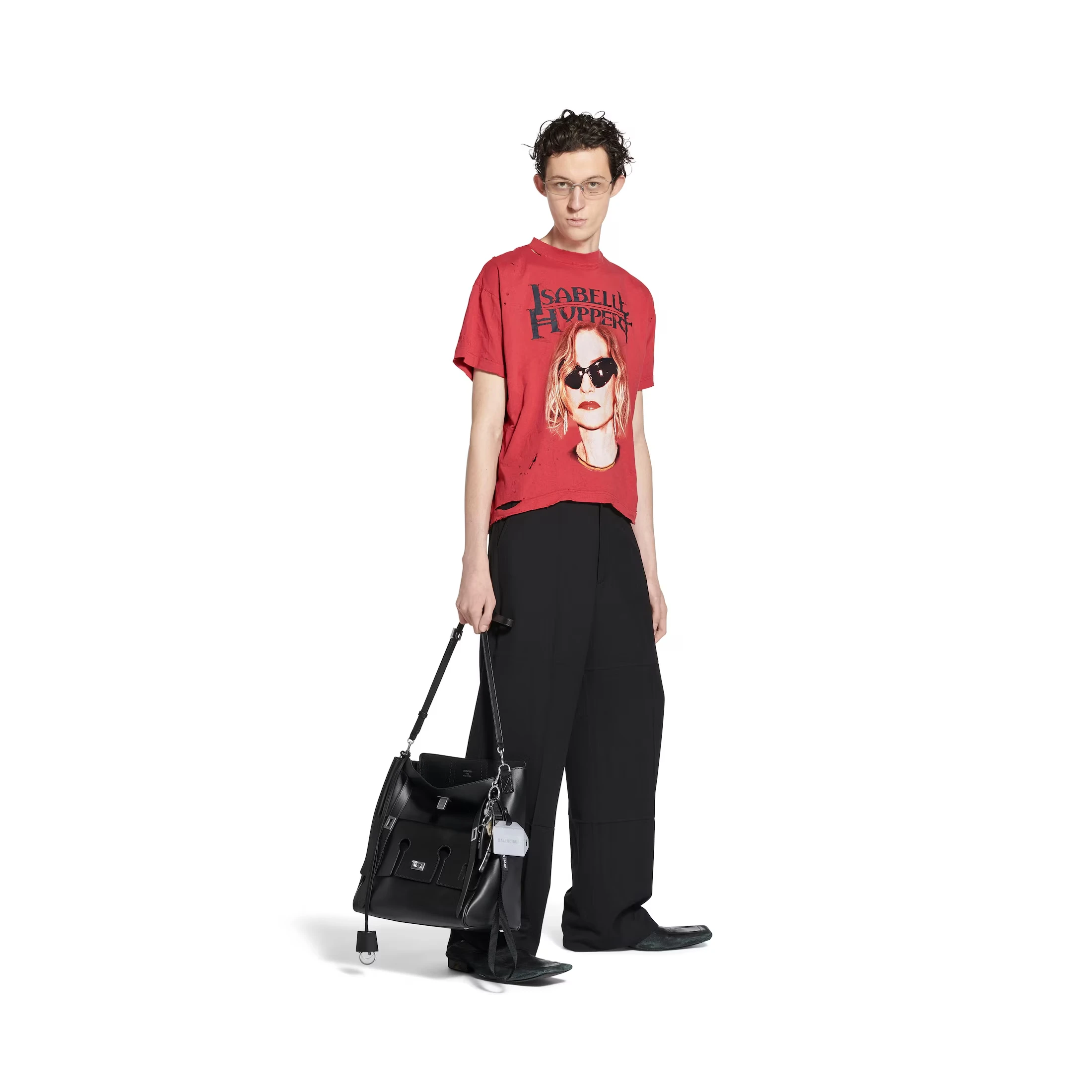
To dismiss the return of the graphic print as simply another nostalgic revival would be to miss its deeper resonance. The garment’s history is a study in how fashion absorbs, commodifies, and reimagines cultural energy: from war uniforms to protest culture, from punk rebellion to mall consumerism, from subculture to runway. Fall/Winter 2025 is only the latest chapter in a longer story. And if history is any guide, the graphic tee will keep returning, each time rewritten and each time reflective of the moment that brought it back.
Photos courtesy Balenciaga, Isabel Marant, Vivienne Westwood, Dsquared2, Kolor


